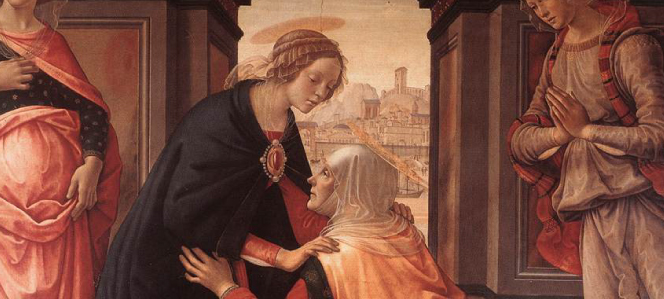A few years ago, I was having dinner with some friends, and the discussion turned toward Catholic social justice. This got me really excited, because one of the things that drew me into the Catholic Church was her rich body of social teachings.
Through papal encyclicals, bulls, teachings, and the examples of the saints, I’ve become convinced that the Church offers the wisest, most compassionate, most effective response to our many social ills. She proposes the clearest picture of what a just society looks like and, even further, charts the best path toward realizing that ideal.
Unfortunately, most Catholics are unfamiliar with these social teachings, though. Even worse, those who are informed typically isolate themselves into one of three distinct camps, dampening the effects of the Church’s wisdom:
- The “Spiritualist” Catholics – Those with little to no concern for justice, compassion, and peace. According to this group, religion shouldn’t concern itself with politics, charity, or good works.
- The “Peace and Justice” Catholics – Those typically concerned with poverty, war, torture, care for creation, and systemic injustice.
- The “Pro-Life” Catholics – Those typically concerned with abortion, euthanasia, embryonic stem-cell research, and other “life” issues. (Note: I use the “pro-life” label for this group not because the other two groups are anti-life but because this term is most commonly used to describe this set of Catholics.)
These are rough and broad generalizations but the dividing lines between them are real. Cardinal Timothy Dolan of New York sees the same thing:
Lack of harmony, Dolan argued, is not in the social doctrine of the church, but in “somewhat of a rift that has taken place in the social justice activity of the church throughout the world.” He pointed to a “cleavage” between “the economic social justice people and the pro-life social justice people,” who are at an unnecessary “loggerheads.”
So back to our dinner conversation. One of my friends offered an intriguing suggestion. He argued that in light of the general apathy toward social-justice—mainly on the part of ‘Spiritualist Catholics’—the Feast of the Visitation (which we celebrate today) should be promoted as a pro-life feast day. The more we discussed this, the more I agreed. But then I suggested taking it even further: the Visitation could be celebrated as a Feast of Social Justice. Why? Because upon reflection, it affirms all three social justice tribes, and therefore has the potential to unite them.
The value for “spiritualist” Catholics should be obvious. The Visitation gave birth to the Rosary, a prayer that roots Catholic activists in the humility, obedience, and faith of Our Mother. Without prayer—without submission to the will of God—we become nothing more than busy-bodies, social activists in the mold of Jesus’ friend Martha. The Canticle of Mary, offered in response to her cousin, provides a sure spiritual foundation.
What about the “peace and justice” Catholics? The Visitation takes place not in the halls of a great palace or a gated suburban community, but in the dust and dirt of the poor town of Hebron. The Church posits that God is found most concretely in two places: in the Eucharist and in the poor. The Visitation reveals both; they both dwell in Mary’s womb. The Visitation affirms that loving God is inseparable from loving the poor, a message that “peace and justice Catholics” can happily rally behind.
Finally, what about “pro-life” Catholics? As Mother Teresa noted, it’s strange that the Savior of the World was first recognized by an unborn child, one who leaped for joy at the presence of his Lord. This has profound implications: it means that our faith was launched by a baby kicking within a womb, christened by a yet-to-be-born prophet. God, apparently, places great value on the unborn.
If we want to flourish, we need all that the Visitation offers: we need humble prayer, we need to dwell with the poor (to know them, not just serve them), and we must notice the dignity of all, including the most vulnerable among us. These three facets come together in Mary and Elizabeth, and they can unite our disparate social justice tribes in precisely the same way.
